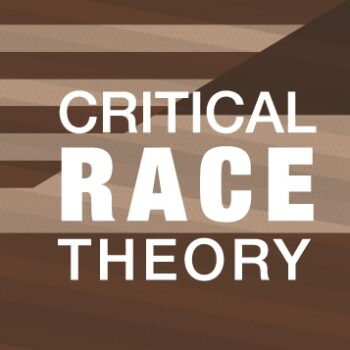Arne Naess famously said the boundaries of our skin are not the boundaries of the self. This importance of this challenging (poetic) view to our notion of an isolated self we see in a myriad of ways.* We breath in, and out. We find ourselves in an interchange, an interaction with the world outside ourselves. Without the oxygen, produced by the trees and other flora, we would transpire. The trees and flora, for their part, require water, nutrients from the soil, along with carbon dioxide, exhaled by us but transformed to a life giving nutrient for plants. We, like the plants, need energy from the sun, Vitamin D — for health. We rely then on the plants, which rely on us. But we also rely on the sun. Without an earth at a favorable distance from that orb, the symbiotic relationship at the root of our physical existence would not exist. The atmospheric conditions for the life cycle — these too are necessary. For their part, they did not appear ready made. Rather, over time, the earth, which Hegel called a “dead organism,” but which James Lovelock and Lynn Margulis called even more poetically “Gaia,” became a place for not only single-cell life forms, but for forms more complex still — eventually animals of various kinds, mammals, humans. The self, emergent on this planet, has required that whole development. It requires the sunlight, the water, oxygen, along with other nutrients.
The self needs other nutrients than oxygen. We can go only a week without water. We need to ingest food. We continually, naturally, necessarily, go beyond the boundaries of our skin to assimilate — air, water, food. We take that which we are not and make it into ourselves — in each instant. We are in essence relational. We are linked, as a piece within a web of life, which has a singular history.
Indeed, not only are we dependent on the ecosystem around us, but we are also dependent on the ecosystem within us. Our own health is dependent on microbes that are a part of our system. Indeed about one to three percent of our body mass is comprised of these. Some assist us in digesting food. Some prevent dangerous organisms from taking root in our system. Some aid in the production of vitamins (for example, B and K). Others have a less symbiotic relationship with us and can injure us. But there they are — some good, some bad.
We live within an environment with which we stand in relationship. That is fundamental to our animality. Yet, we are tied into another ecosystem, an ecosystem of mind, because of the fact that we are not just animals but also reflective animals. Like other mammals we share sensory capacity, perceptive ability, the possibility for motion. But we also have the capacity for examination of ourselves and the world around us. And our main tool for this examination — words. Words did not though appear ready-made any more than the atmosphere in which we breath. Words are a product, a social creation. How were the first words uttered? Did the utterer know the word without some other to grasp it as having a meaning?
We can imagine cries of pain, of bliss, of danger, which take on a specific tone, and elicited a specific response from an intelligence strong enough to repeat it, again with positive or desired effect. But however vocabularies developed, they developed in groups and were passed on in groups. We can have our private experience and private thought. We do well have the private experience of qualia: Looking at the wall in front of us we can realize that we can never know that anyone else’s experience of that beige wall is just like ours. But we only learned the words “beige” and “wall” and “experience” in a social group. So somehow that experience, linguistically expressed privately, is a social product. The words which form a major part of our private subjective consciousness are, like the oxygen we breath, assimilated from outside of ourselves.
We are then biologically and psychically in exchange — we are in relationship. Our private thoughts are also what they are because we have transgressed the boundaries of ourselves at the very instant of forming ourselves as thought objects.
The human self, in its classical formulation as a rational animal, gets its resources to continue and thrive as animals from its material world, without which it will cease to exist. It get its tools for rationality, too, largely from outside itself, from its community, which provides it a language and content on which to think from its knowledge communities. A rather brute ability to think logically might be in part hard wired, but it will not emerge with a level of sophistication without the acquisition of the tools of language; and without the acquisition of the knowledge of our knowledge communities, we will be left impoverished in thought.
The self is social and relational. The self is a part of systems larger than itself — of natural ecosystems and of at least metaphorical ecosystems of thought.
Note
* I think Arne Naess’ statement that the boundaries of the skin are not the boundaries of the self is of poetic value. However, analytically if we are to speak of an individual self at all, which we can hardly avoid, then I do think in fact that we have to draw the boundaries of that sell at the boundaries of the skin. Nonetheless we need to understand that self as integrated into a larger natural and social environment, or larger natural and social environments, upon which it is depends and from which it can only analytically separate itself. We must understand ourselves as interdependent, interrelated animals.

